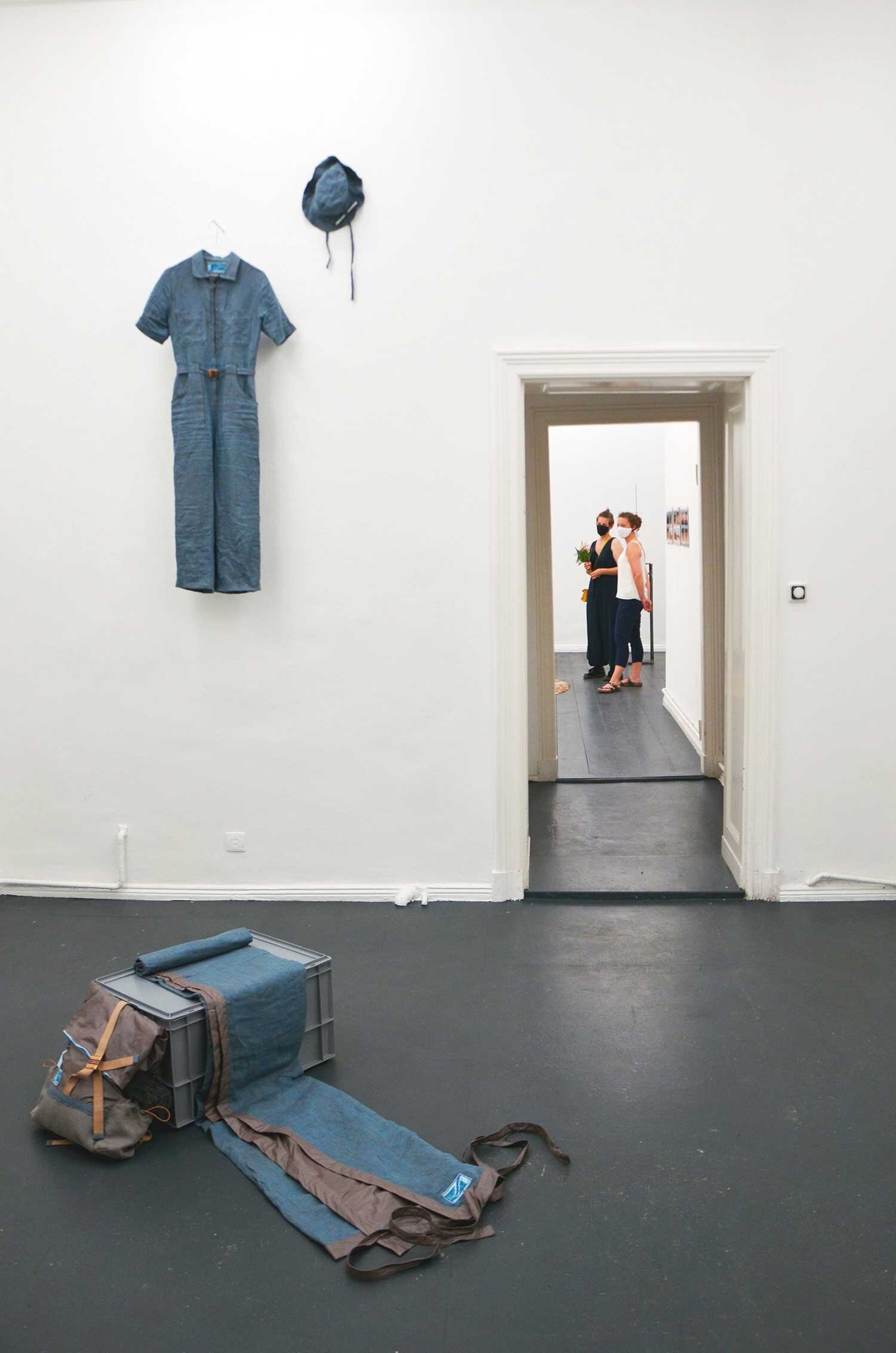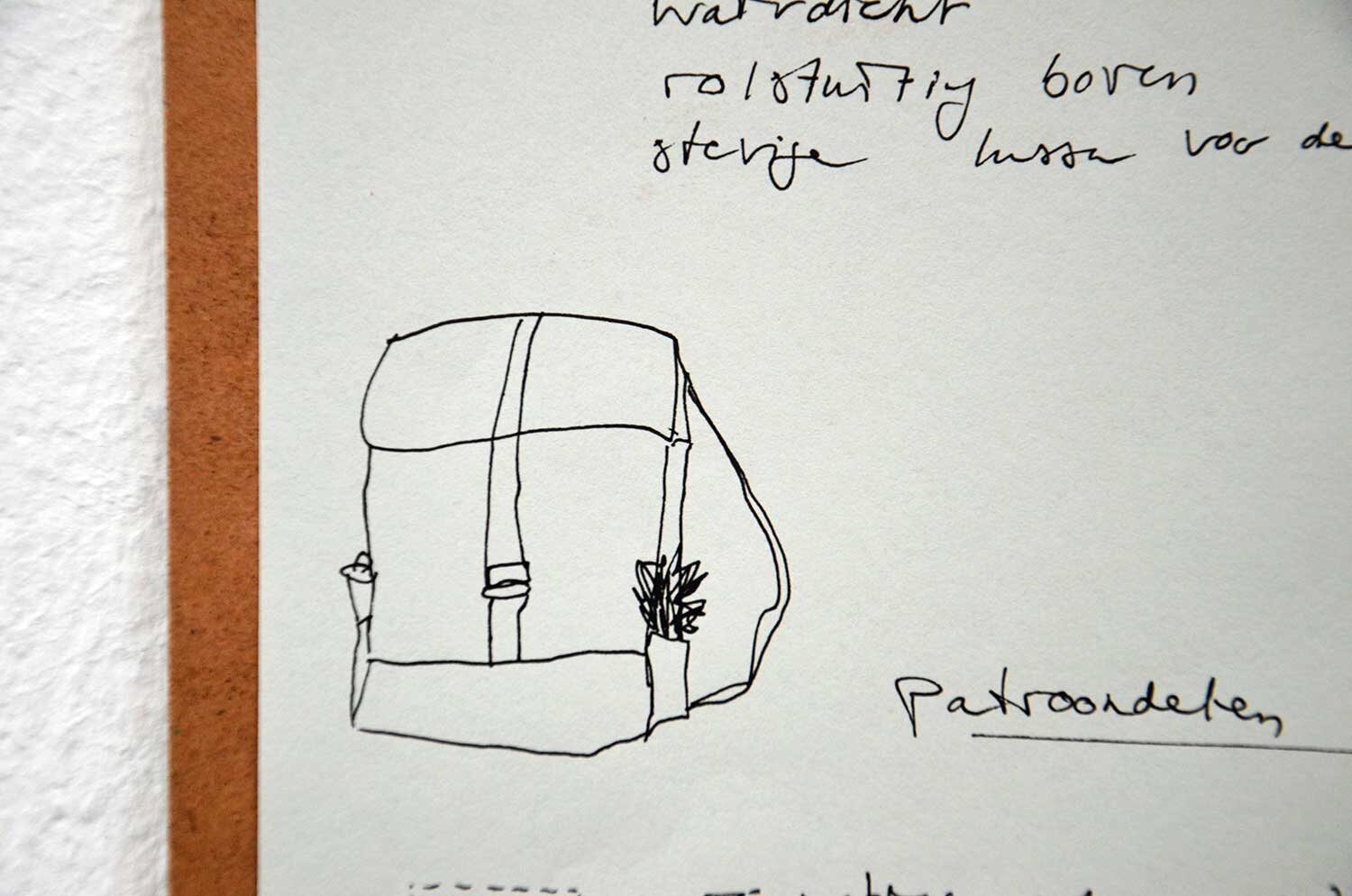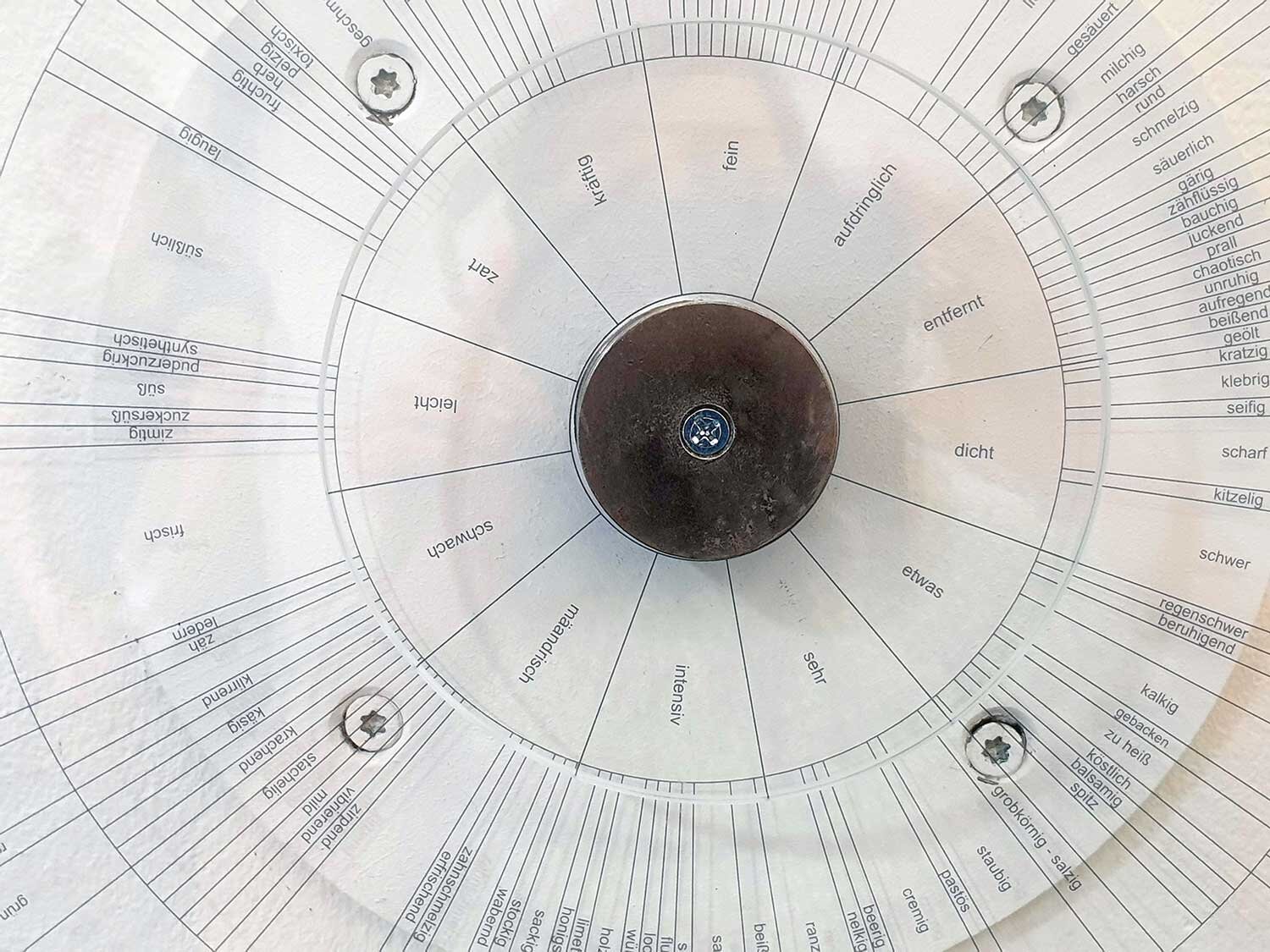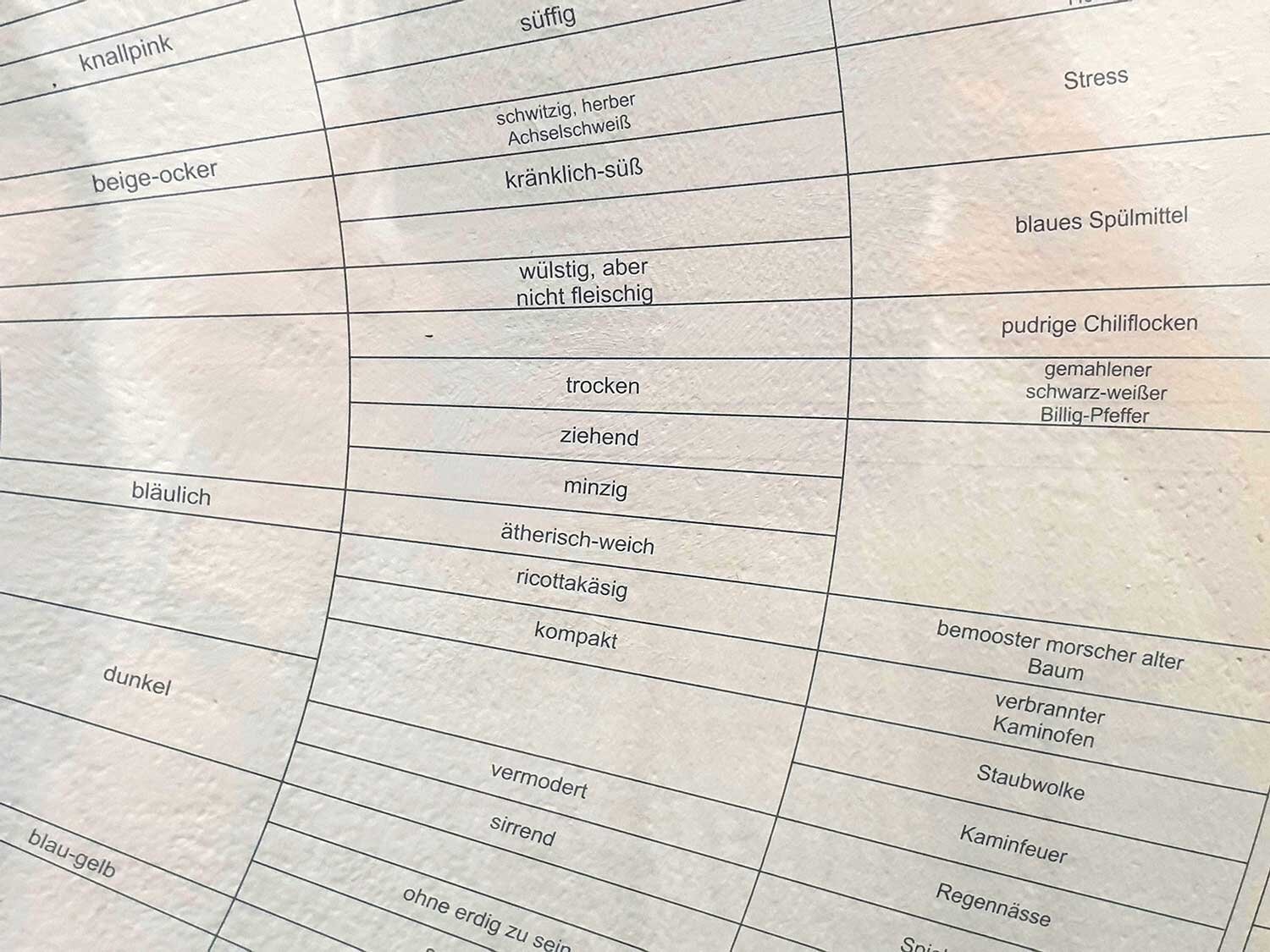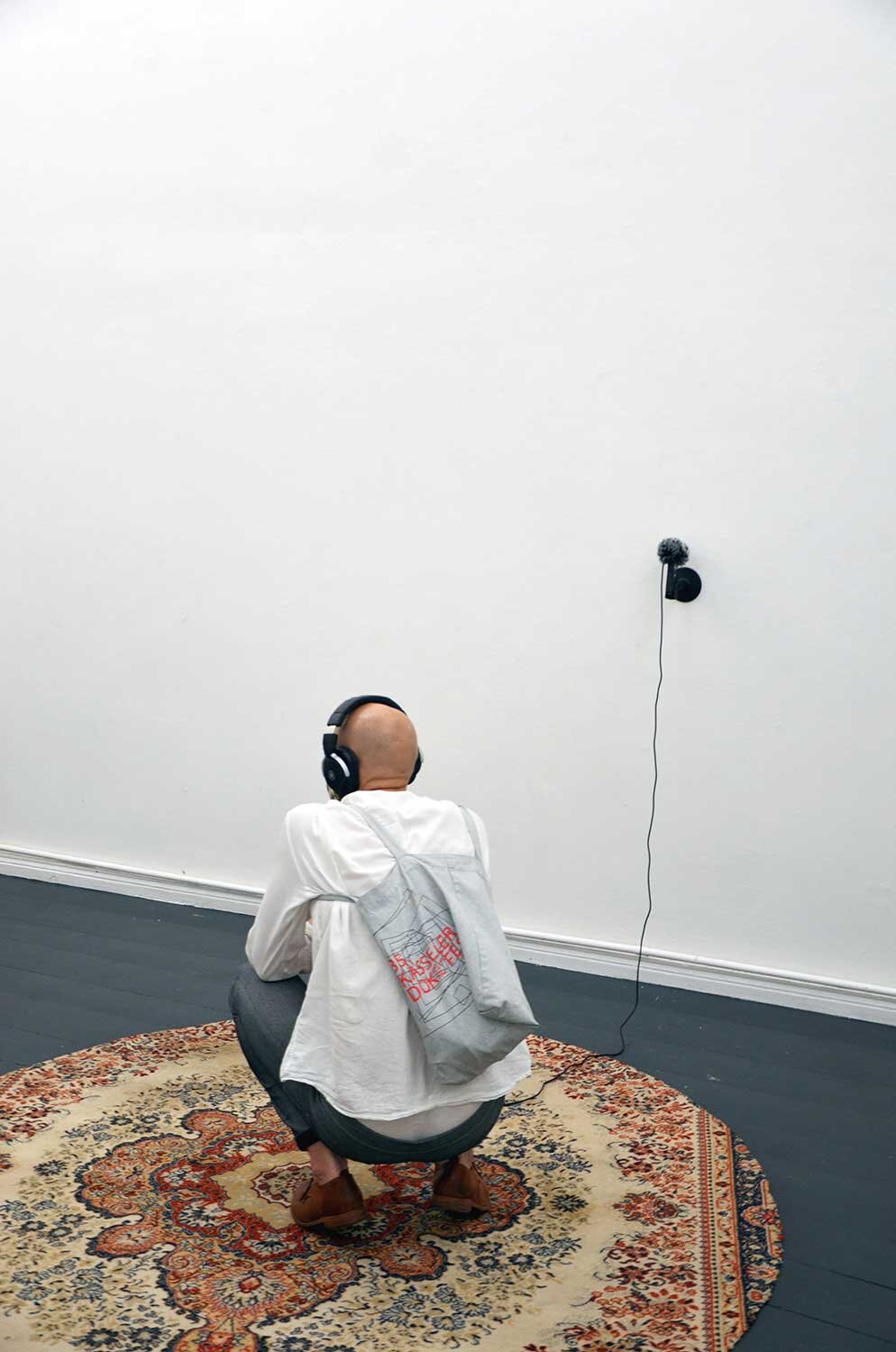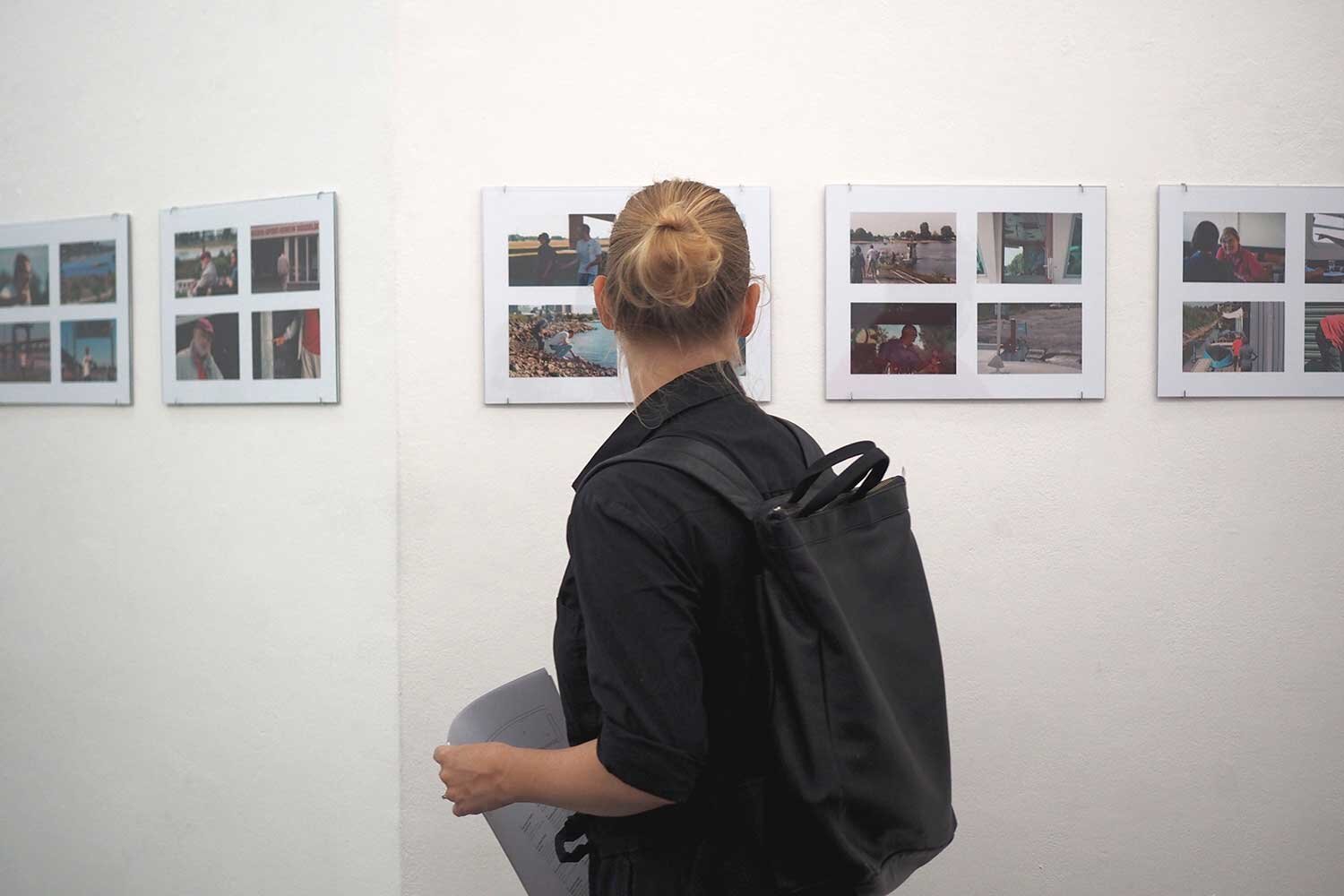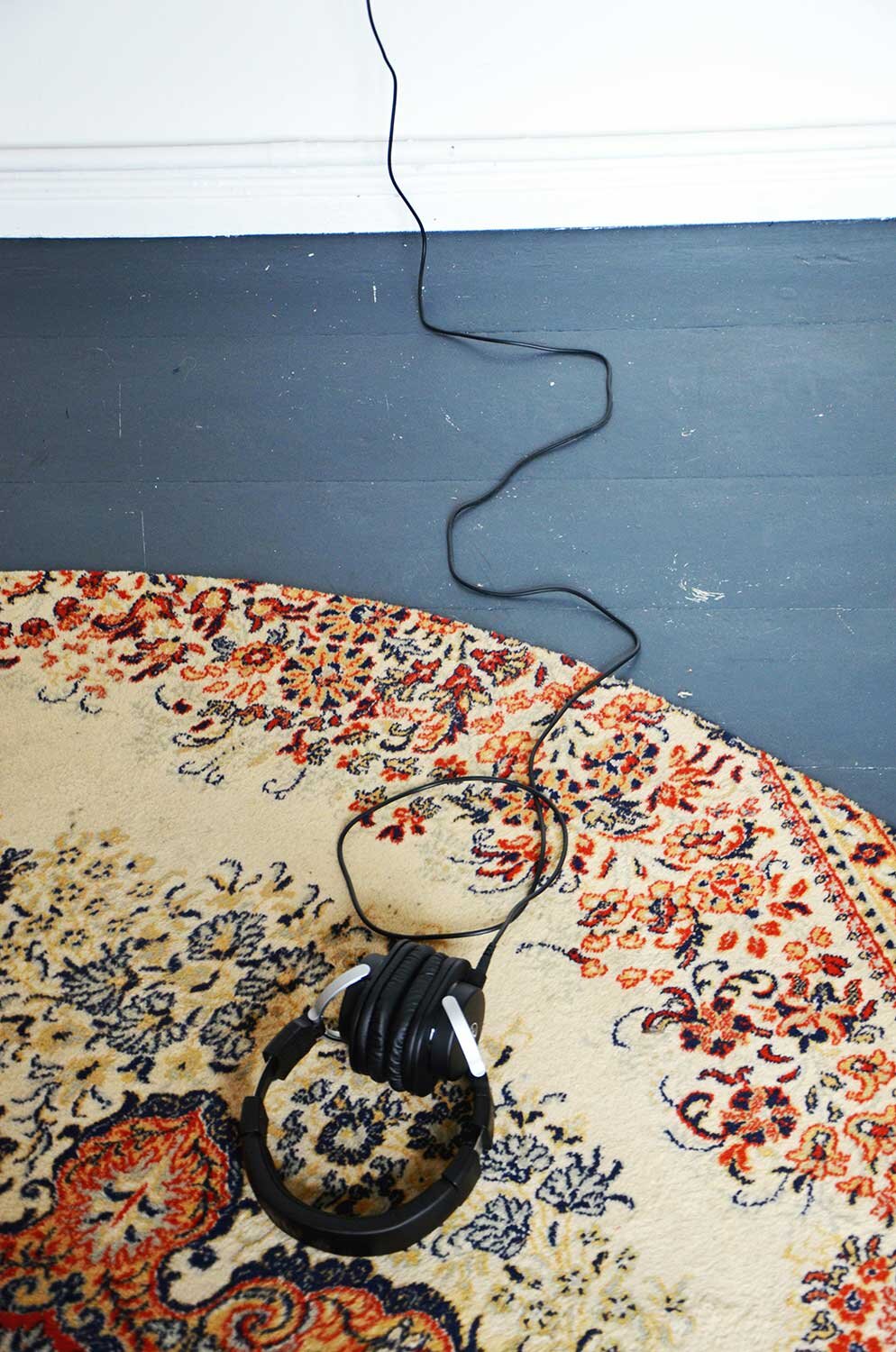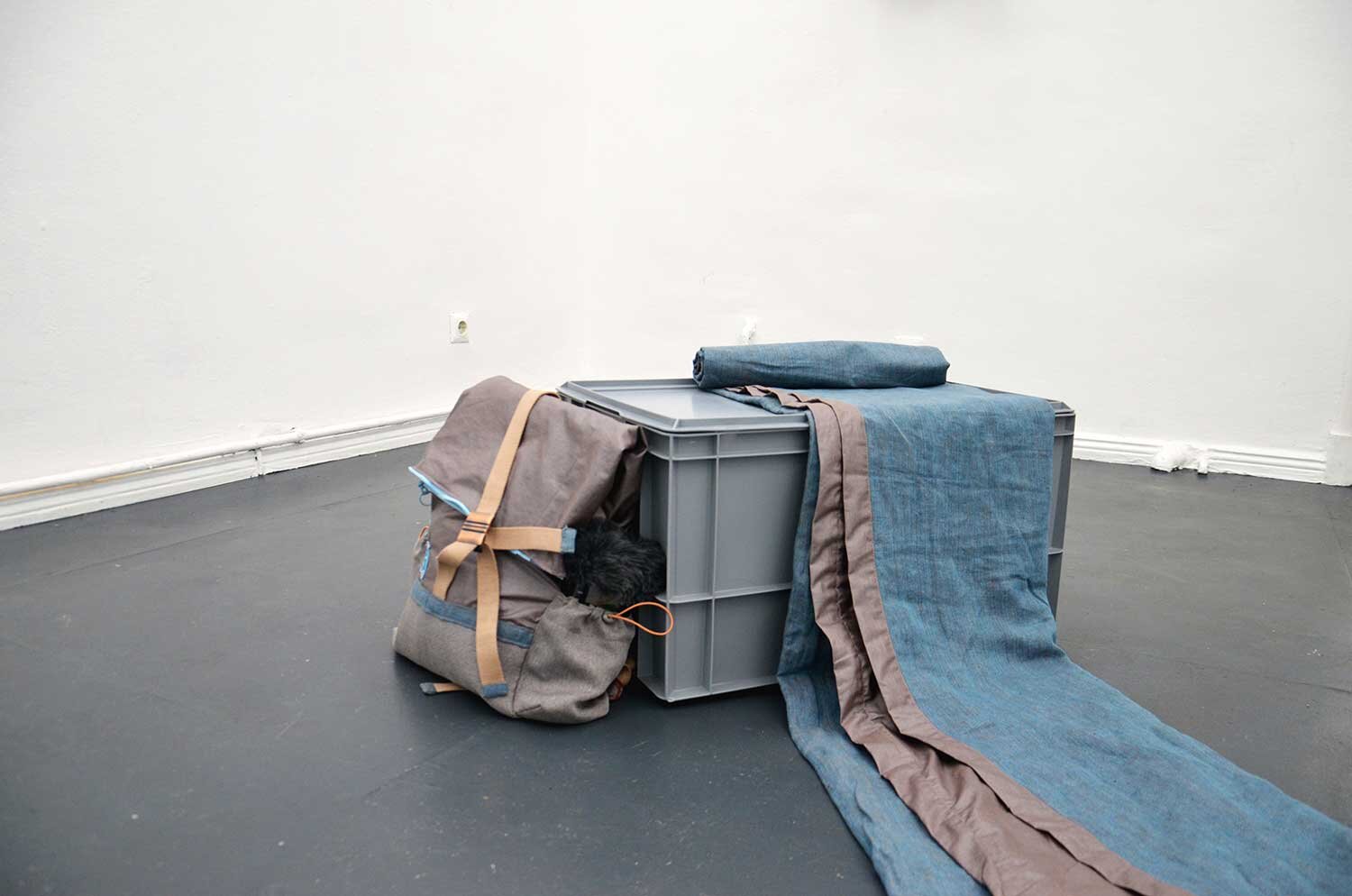TOOLS FOR INTERACTION
INSIGHTS INTO ARTISTIC RESEARCH
14 - 23 August 2020
TOOLS FOR INTERACTION
INSIGHTS INTO ARTISTIC RESEARCH
MAUD CANISIUS, MIRIAM HAMEL & LENA TROST
INVITED BY HANNAH VAN GINKEL
The exhibition “tools for interaction” offers insights into the artistic research of Maud Canisius, Miriam Hamel and Lena Trost. An interest in knowledge, process-oriented, interactive and open-ended findings is what drives the projects of the three artists. The unique combination of bringing an artistic practice into the research process enables the sensorial-emotional to infuse the rational-objective.
Against the background of climate change, Maud Canisius is concerned with the relation between the Rhine as fluctuating entity and the perception of the Rhine-inhabitants. In doing so, she draws upon the legacy of walking artists to open up conversations directly in the Rhine-environment.
Miriam Hamel explores forms of sustainable communal living in the city of tomorrow. Starting from specific locations she transforms their potential with artistic strategies and thereby reveals new perspectives.
Lena Trost is concerned with how one can communicate personal perception of smelling. To open up the dialogue about this highly subjective and non-verbal experience, her work plays with the assumption that glass smells.
The exhibition shows questions, relics, artefacts, documentation, sound recordings and instructions that reveal insights into the processes of artistic research. In addition to limit the exhibition to processes of the past, the artists aim to stimulate new processes in the context of the exhibition.
GERMAN
Die Ausstellung “tools for interaction” zeigt Einblicke in die künstlerische Forschungsarbeit von Maud Canisius, Miriam Hamel und Lena Trost. Die Projekte der drei Künstlerinnen sind von Erkenntnisinteresse geleitet, prozessorientiert, interaktiv und ergebnisoffen. Dabei ist ihnen das kollaborative Arbeiten und gemeinsame Reflektieren der künstlerischen Forschungsprozesse wichtig. Die Verbindung künstlerischen Arbeitens und wissenschaftlichen Forschens ermöglicht eine Durchdringung des Sinnlich-Emotionalen und des Rational-Objektiven.
Maud Canisius beschäftigt sich vor dem Hintergrund des Klimawandels mit dem Wechselverhältnis von Rhein und Lebensraum. Dabei bedient sie sich der künstlerischen Forschungsstrategie der Walking Art.
Miriam Hamel erforscht Formen eines zukunftsfähigen Zusammenlebens in der Stadt von Morgen. Dabei setzt sie an konkreten Orten an, deren Entwicklungspotential sie in partizipativen Prozessen künstlerisch übersetzt.
Lena Trost setzt sich mit der Kommunikation über die Geruchswahrnehmung auseinander. Ausgangspunkt ist dabei das Postulat „Glas riecht“. Denn gerade ein allgemein als geruchlos verstandenes Material bietet Leerstellen für die Vielfalt eigener Geruchserlebnisse.
In der Ausstellung werden Relikte, Artefakte, Fragen, Fotos und Handlungsanweisungen gezeigt, die Einblicke in Prozesse künstlerischen Forschens offenlegen und zugleich neue Prozesse im Ausstellungskontext anregen.
more info:
www.maudcanisius.com
